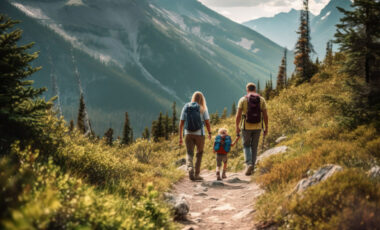Consumers want it and our planet needs it, as does the welfare of our workers and animals. So take a step closer to being a responsible consumer and search for your next responsibly made outdoor product in our sustainability directory:
Cool of the Wild has collated a huge list of outdoor brands that are more ethically and environmentally conscious than ever.
Looking for a down jacket made using Bluesign approved fabric that is recyclable at the end of its life and filled with responsibly sourced down? We’ve got you covered!
- What is sustainability?
- The impact of outdoor clothing and equipment production on the environment
- Terms used in our sustainability directory
For other ways to lessen your environmental impact read our guide to responsible consumerism in the outdoor industry.
What is sustainability?
Everyone has a different idea of what makes a product more environmentally friendly or more ethically made. Things like:
Is it locally produced?
- How far has it been transported?
- What is it made of?
- How has it been made?
- What will happen to it at the end of its life?
- How long will it last?
- Is the brand renowned for being sustainable?
- Are their offices carbon neutral?
- What are the conditions like for the workers?
These are all questions that more and more consumers are asking, which is excellent news. But the answers aren’t always as black and white as they should be. The result is that consumers are left scrambling around for tid-bits of incomplete information in a bid to make more responsible consumer decisions.
Less impactful
The idea of creating something that is less impactful on the planet, compared with another product or a previous version of a product, can only be a positive thing. However, that doesn’t always equate to its production or existence as being truly “sustainable”. This makes it more important than ever for outdoor brands to be transparent and open about all of their practices, good and bad.

More sustainable
Sustainability is a bit of an ambiguous notion that is virtually impossible to define concisely in this context. It can refer to a whole host of things whose impacts can be so far reaching that tracking true sustainability is a very tall order. This is why we prefer to use the term “more sustainable” instead of “sustainable”. It implies that there is still more to be done and helps to dispel any danger of greenwashing and misleading marketing.
Read more about the implications of “eco-marketing” and how to spot it in our greenwashing guide.
Getting the balance right
Buying second hand is viewed by many as one of the most sustainable ways to shop. And while this approach does come with lots of pitfalls (alongside all the amazing benefits), we’re big proponents of repairing damaged gear and reusing, upcycling or repurposing unwanted items.
So, the key is to get the balance right. Buy second hand whenever possible and appropriate, and the rest of the time seek out products that are created in a more planet-friendly, ethical, responsible and sustainable way.
Buy second hand when possible
With this balanced approach in mind, we’re proud to present the Cool of the Wild More Sustainable Outdoor Brands Directory to help consumers find new products that are made with people and planet in mind. We’re not claiming that ANY of the brands we endorse follow a perfect model of environmental sustainability. Unfortunately, this is a long way off. However, all of the brands in our directory are committed to more sustainable and ethically sound practices in one form or another, and we hope that this is presented to consumers in a fair and transparent way.

The impact of outdoor clothing and equipment production on the environment
In the name of transparency, the More Sustainable Outdoor Brands Directory is designed as a starting point for consumers and acts merely as a guide from which buying decisions can be made. It is not designed to rate and compare the environmental impact of sustainable outdoor brands or sustainable clothing and products. As mentioned, there are far too many factors that influence true sustainability.
To help paint a clearer picture of what we deem to be more sustainable actions and practices, here’s some information regarding the impact of products on our planet:
Supply chain emissions
According to research done by the Outdoor Industry Association (OIA), the materials used to create products account for around 70% of their impact upon the planet. This includes:
Raw material extraction
- Raw material processing
- Material production
- Finished production assembly
The other 30% of emissions related to a product comes from transportation / distribution, packaging and other sources such as office and retail space.
More sustainable fabrics and materials
As such, a good starting point for consumers wanting to make considered choices, is to seek out products created using preferred fibres and materials. These include:
Upcycled materials
- Recycled materials
- Plant-based bioplastics
- Organic fibres
- Natural materials
- Single fibre fabrics (better than blends from a post-use point of view)
- Silicone
Read more about different types of fabrics used for outdoor gear and clothing in our guide to sustainable fabrics.
Other processes and properties that make a product more sustainable
It’s not just the core materials that have an environmental impact. Many fabrics have treatments added to them which make them more aesthetic or more durable. And others are created in a way that means they are less impactful on the environment at the end of their lives. Less impactful treatments and fabrics include:
PFC-free (perfluorochemicals) water repellent treatments
- Toxic-free dyes
- Recyclable materials
- Biodegradable or compostable materials

Terms used in our sustainability directory
As mentioned, the word “sustainable” is hard to define when related to the manufacturing of outdoor clothing and products. We’ve described our take on it and prefer that it’s used with “more” to describe it in this context more accurately.
But it’s not the only term that we use in our sustainability directory that may need some explaining.
Sustainability certifications and acronyms:
Most ethically-minded and environmentally aware people will have come across brands that are B-Corp Certified and products made using Bluesign approved fabrics.
Our in depth guide to sustainability certifications details these and other third party certifications that can be awarded to brands or products.
But for a quick reference, take a look at the below third party certifications that can be awarded to brands and that are featured in our More Sustainable Brands Directory:
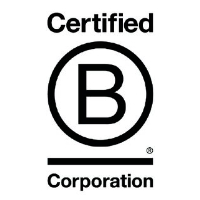
B Corporation
A nonprofit network transforming the global economy to benefit all people, communities, and the planet.
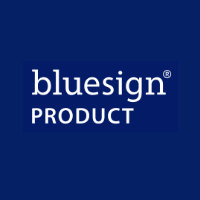
Bluesign
Independently verifies environmental claims on brands’ products and businesses with a holistic approach that assesses the entire textile value chain with a focus on sustainable chemistry.
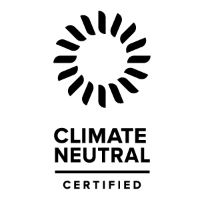
Climate Neutral
A non-profit organisation striving to make carbon accountability the new normal for responsible business.
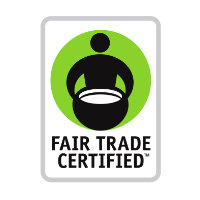
Fair Trade Certified
Aims to build an innovative model of responsible business, conscious consumerism, and shared value to eliminate poverty and enable sustainable development for farmers, workers, their families, and communities around the world.
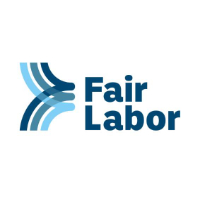
Fair Labor
Promotes human rights at work and aims to build expertise and drive innovation to improve business policies and practices that benefit workers around the world.
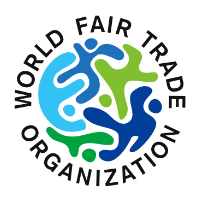
World Fair Trade Organisation (WFTO)
A global community and verifier of enterprises that fully practice the 10 World Fair Trade Principles.
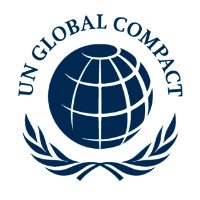
United Nations Global Compact
The world’s largest corporate sustainability initiative that aims to align strategies and operations with universal principals on human rights, labor, environment and anti-coruption.
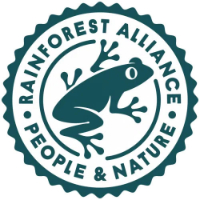
Rainforest Alliance
Aims to protect and advance policies protecting rural workers and forests.
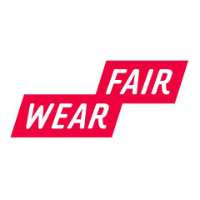
Fair Wear Foundation (FWF)
A non-profit organisation with a mission to see a world where the garment industry supports workers in realising their rights to safe, dignified, properly paid employment.
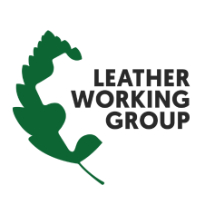
Leather Working Group (LWG)
A global multi-stakeholder community committed to building a sustainable future with responsible leather.
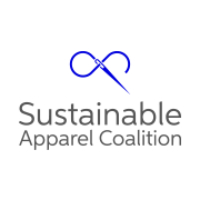
Sustainable Apparel Coalition (SAC)
Brings together expertise from across the globe to develop sustainable solutions that redefine the industry.
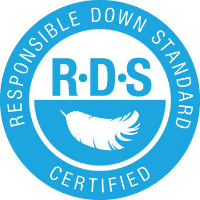
Responsible Down Standard (RDS)
Aims to protect ducks and geese used for down.
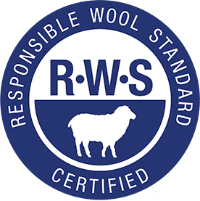
Responsible Wool Standard (RWS)
Aims to improve the welfare of sheep and the land they graze on.
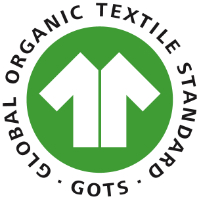
Global Organic Textile Standard (GOTS)
Defines world-wide recognised requirements for organic textiles. From the harvesting of the raw materials, environmentally and socially responsible manufacturing to labelling, textiles certified to GOTS provide a credible assurance to the consumer.
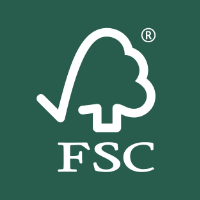
Forest Stewardship Council (FSC)
Unites citizens, businesses, governments, and NGOs under a common goal: protecting healthy, resilient forests for all, forever.
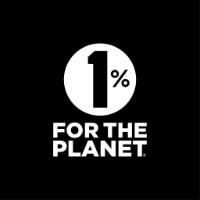
1% for the Planet
A global network with thousands of businesses and environmental organizations working together to support people and the planet.
Common acronyns used in our directory
As well as the more well-known sustainability certifications, there are also lots of acronyms found on product labels and descriptions or mentioned in brands’ sustainability reports or statements that make very little sense to most of us!
- RSL – Restricted Substance List
Brands have their own RSL that manufacturers must adhere to. - RePET – Recycled Polyester
Created using post-consumer and post-industrial food and beverage PET container packaging. - ECONYL – Regenerated nylon
Created using nylon waste that can be recycled, recreated and remoulded again and again.
We hope the above information makes using our sustainability directory more straightforward. But above all, we hope that the directory helps you to make more informed decisions about what you’re buying and perhaps consider opting for second hand clothing and products first.


